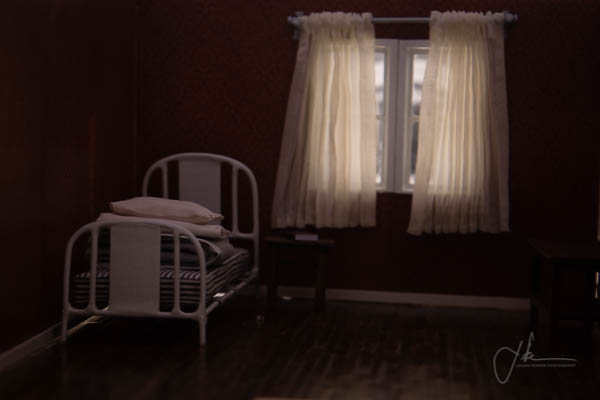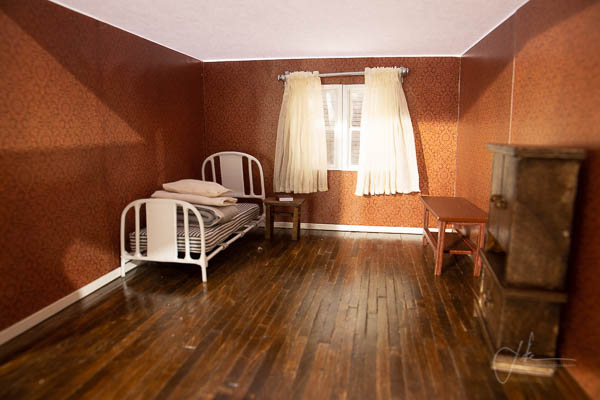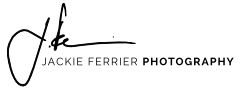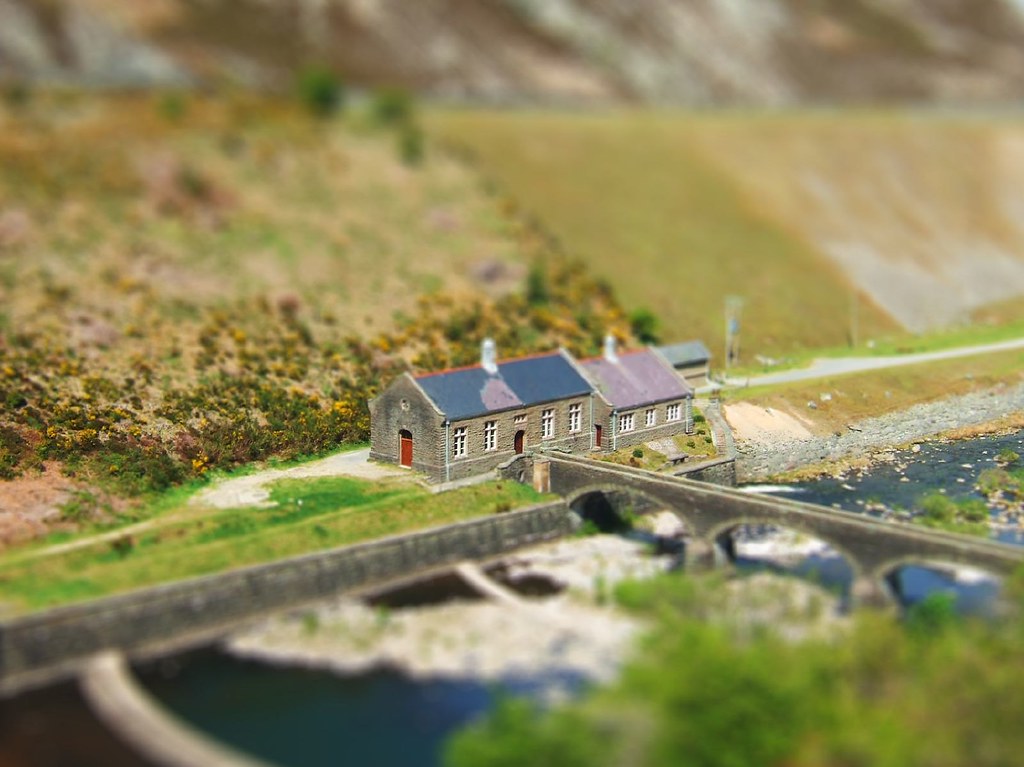My first test shots were done just after I had got close to completion for my first model. They were not set up with any precision – I just wanted to get a few off to get an idea of how the set would translate to 2D to see what I might need to think about. So I took a few random shots at different focal lengths, different f-stops, slightly different angles with just available room light.
The model just did not look real! (Nor did those curtains. I made curtains three different times, and finally got the ones I liked only to decide the shot was better without them).
Even though I knew they were toss-off shots and I could imagine the final images with spending more time getting the right angles, lighting, etc. I wasn’t expecting the distortion to look this bad, lol. I wasn’t even sure if it was the focal length. I worried I had spent all this time building the model only to find out that I couldn’t use it!
Did I need a macro lens??
This is the way of the artist, huge amounts of doubt, and lack of faith at times.
But if there was ever a good example of the difference between the effects of focal lengths – this is a good example. Look at that bed!!

Shot at around 83mm 
Shot at around 24mm
There are so many things we respond to that tells us the scale of things when we don’t know how we know it. Take this photo by Frosted Peppercorn on Flickr for example. A shot like this might have been achieved using a tilt-shift lens that is often used for shooting architecture (although in this case photoshop was used). But if you look at other tilt-shift photography or shots that aim to mimic, it doesn’t always pull off this effect this well. Part of what is obvious about what works in this shot is the blur. But it’s just the right amount of blur and it fades off just the right way. The angle is also particularly important, as well as the subject. This subject is not overwhelmed with detail. Finally, the level of saturation also helps sells us.
But I knew even if the excessive distortion between focal lengths could be dealt with by using focal lengths that best mimic the human perception, there wasn’t much I could do with the depth of field because, well, physics. So the final shots would have to be between 30 and 50mm.
So I decided to shoot the first set of images of the model at a higher high f-stop and the wide-end of what looks realistic to us. Because photographers and filmmakers have been using depth of field differently depending on the context of the scene for decades I knew I had some latitude. But I couldn’t risk the out of focus areas being too soft.

